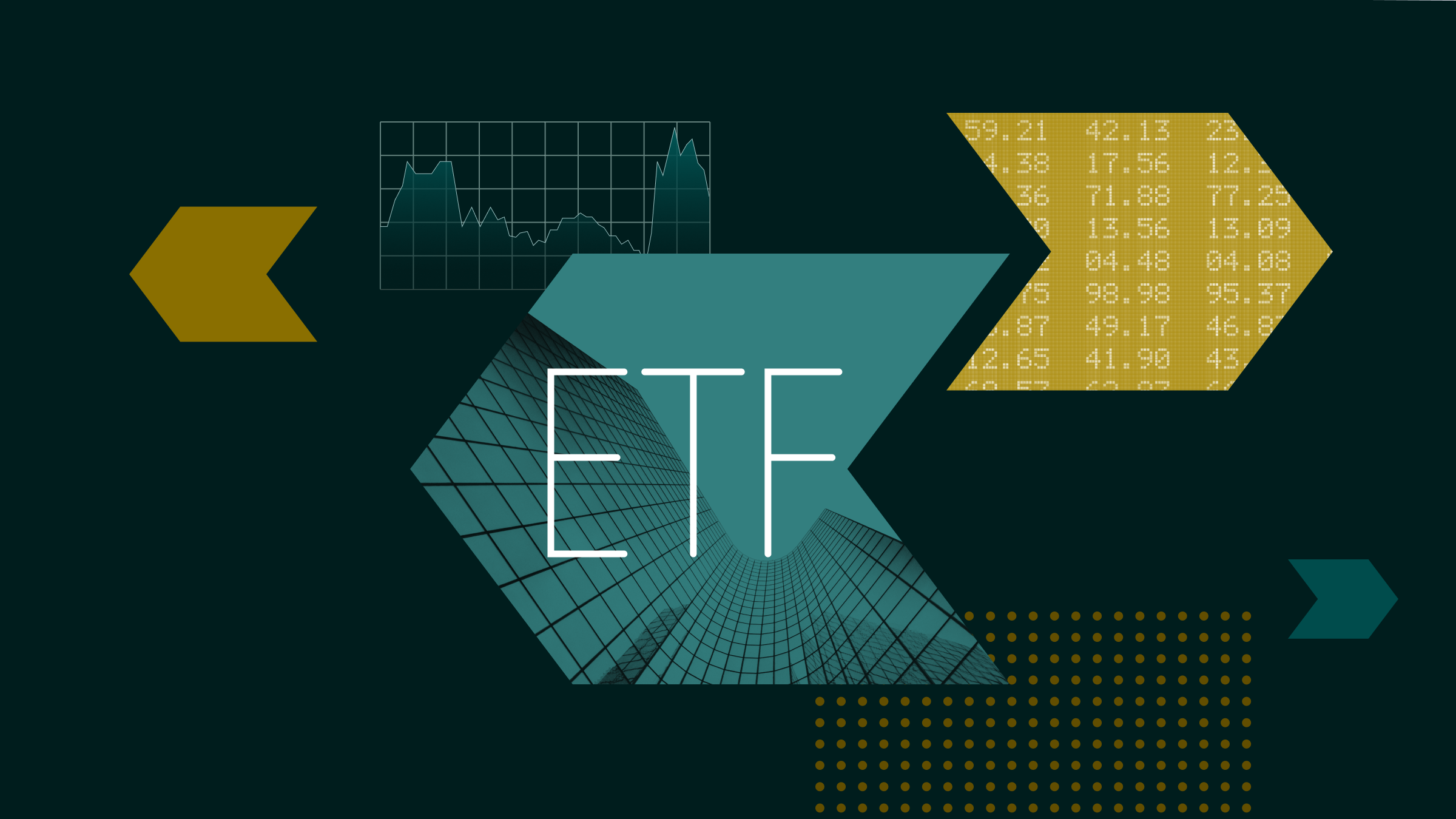This fund was in bad shape for quite awhile. Four managers exited the fund in a period of four years (albeit one left to become head of equity investment at M&G) and during that time, the fund’s performance languished. It ranked in the bottom quartile of its Morningstar UK Mid-Cap equity category from January 1999 to January 2005 and posted a dismal 137th of 139 funds in its
ector=LC00000007"> IMA UK All Companies
sector during that same time period.The fund has changed its stripes in both style and performance, though, since manager Mike Felton took it over in January 2005. He has pared down the fund’s holdings from its previous range of 60-70 stocks to a more concentrated 30-40 names. At the same time, he has cut the fund’s former mid-cap focus and put much greater emphasis on giant- and large-cap shares. Prior to Felton, for instance, the fund held a median of about 44% in mid-caps between July and December 2004. Under Felton, however, the mid-cap weight dropped to just 26% of assets as of June 2007, with the lion’s share of the fund devoted to giant- and large-cap firms.
These changes flow directly from his portfolio strategy, a core and satellite model that anchors roughly 60% of assets in stable giant-caps like BP and HSBC, with the other 40% devoted to more aggressive fare that Felton trades based on short-term catalysts or macroeconomic bets. These portfolio structure and strategy changes are markedly different from the fund’s past, and as a result, we’ve recategorised the fund from UK Mid-Cap Equity to UK Large-Cap Blend. This peer group, we believe, is more appropriate for Felton’s strategy and style.
The reconstructed portfolio also reflects Felton’s forte and previous experience. He brings about a decade of fund management to the table, having run the ISIS UK Equity fund from 1997 to 2004 and the ISIS UK Prime fund (among the UK’s first retail concentrated mandates) from 2001 to 2004. While his successes at the UK Equity fund were mixed, he showed a knack for running a compact UK portfolio with his other ISIS charge. The latter fund ranked in the top-quartile of its UK Large-Cap Blend category while he ran it.
His efforts seem to be paying off here. Since taking over, the fund’s performance has done something of a volte-face, pulling up from the dregs of the bottom-quartile to above-category average performance for 2005 and 2006. In fact, from when Felton took over the fund in January 2005 up through June 2007, returns have been within the top-decile of the fund’s category (26th of 245 funds). We also take comfort in M&G’s research team, which includes a ten-plus analyst team with a good mix of experience from which to draw, and an in-house portfolio strategy and risk team that works with each fund manager to monitor intended and unintended risks in their portfolios. Felton, in particular, collaborates with the portfolio strategy and risk team on a daily basis, which gives us more comfort with the satellite portion of the fund than we might otherwise have.
The significant changes that Felton has made to the fund’s strategy and risk/reward profile mark an improvement for the fund, while playing to his strengths. In its current state, the fund is a much more compelling option for investors than it once was.
























